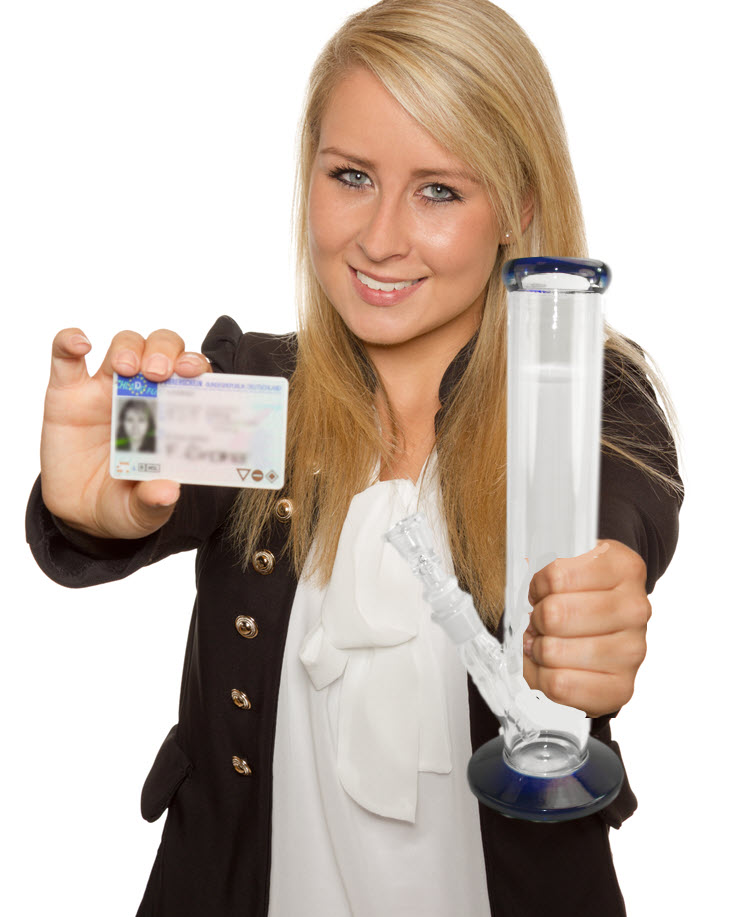
Pharmacies or Liquor Stores – Who Maps Minors and Checks IDs Better?
Because the cannabis industry is relatively new, many people are well acquainted with the strict compliance protocols surrounding cannabis. To prevent underage customers from accessing products, cannabis sellers in the United States must comply with various regulations set by state cannabis regulators, including customer identification verification.
There is new insight into how pharmacies comply with regulations, according to a study published in the journal Addictive Behaviors. The study found that adult retailers in five American cities fully complied with laws requiring customers to provide proof and identification of age.
The authors of the study stated in the abstract that surveillance of the retail cannabis industry is essential to enact regulations and protect consumers as the industry continues to grow in the United States. The study conducted point-of-sale assessments to assess regulatory compliance, including signage, age verification, promotional tactics, and products and pricing.
Cannabis Compliance: Warning Labels, ID Verification and Appeal to Minors.
In the summer of 2022, a group of researchers from the Milken Institute of Public Health at George Washington University conducted point-of-sale assessments. The survey involved 150 recreational pharmacies randomly selected in five cities, with 30 pharmacies in each city being audited. Cities included Los Angeles, Denver, Portland, Las Vegas, and Seattle.
The study found that age verification compliance rates were high, exceeding 90%. In addition, the majority of retailers had signs advising of restricted access (87.3%), no sale to minors (53.3%) and on-site consumption (73.3%). Most vendors also warn against using cannabis while breastfeeding and during pregnancy (72%), followed by the effects on children and adolescents (18.7%), then health risks (38%) and drinking and driving (14%) ). .
On the other hand, a subset of retailers showed cannabis health claims (28.7%), while others had products with “youth-friendly packaging” (18%) or “youth-oriented signage” (20.7%).
Other marketing, signage and product results
In addition, the study examined other types of information typically displayed and advertised in pharmacies. Price promotions were common, particularly in relation to special prices (75.3%), followed by daily, weekly and monthly deals (66.7%) and membership program signage (39.3%).
About a quarter of the pharmacies surveyed had ads and promotions related to curbside delivery/pickup (28%) and/or online ordering (25.3%). Additionally, website and social media promotions were present in 64.7% of the stores surveyed. Finally, the researchers delved into the product range of the retailers. E-liquids (38%) and oils (24.7%) were the most common cannabis products, while edibles (53%) were the most common and considered the least effective product.
The study found that the most expensive products offered by pharmacies were typically flower and bud (58%), while joints (54%) were the cheapest. Additionally, over 81% of retailers sold vaporizers, rolling papers and glass such as hookahs, hookahs and bongs. Additionally, 22.6% of pharmacies sell CBD products.
The results reflect previous compliance data
According to investigators, marketing tactics varied across cities, indicating differences in state regulations as well as differences in enforcement and compliance. The findings underscore the need to continuously monitor the cannabis retail sector to inform future enforcement and regulatory actions.
Reviewing the study’s findings, NORML Associate Director Paul Armentano emphasized that the regulation is working. In a blog post for NORML, Armentano explained that while unlicensed marijuana distributors do not require or verify identification, licensed companies certainly do. He added that the actual implementation of marijuana legalization in various states shows that these policies can be enforced to allow legal access for adults while preventing access and abuse by youth.
The results on age verification compliance are consistent with previous studies. For example, a 2022 study examining the California market found that pharmacies strictly adhered to the ID policy, with all randomly selected retailers achieving full compliance.
According to the authors, licensed recreational marijuana facilities in California appear to be reluctant to sell marijuana to minors. One explanation for this could be the strong incentive for owners and managers of these facilities to avoid illegal activities that could lead to their closure.
The aforementioned study also suggested that cannabis regulators and law enforcement officials should conduct investigations into whether minors attempt to enter cannabis retailers with fake IDs. You should also determine if minors are obtaining cannabis from illegal outlets or otherwise.
In August 2022, the Colorado Marijuana Enforcement Division released a bulletin showing that of over 190 compliance controls that employed underage employees, only four companies in the state sold cannabis to these individuals, giving a compliance rate of 98 % indicates.
Comparable studies conducted in other states where cannabis is legal, such as B. Colorado, have reported similar results.
The proportion of high school students who report regular cannabis use has gradually declined over the past decade, according to a report by the US Centers for Disease Control and Prevention released in February.
Diploma
The studies and reports discussed above show that licensed cannabis retailers in the US are largely compliant with regulations aimed at preventing underage access to cannabis. The high rates of age verification and restricted access signage in pharmacies in various cities suggest that regulations can be implemented effectively to limit access and abuse by youth while allowing regulated access for adults.
However, the studies also emphasize the need for ongoing enforcement and monitoring to ensure ongoing compliance. Overseeing and regulating dispensaries’ advertising, marketing and product selection methods will be crucial as the cannabis sector develops to prevent it from appealing to an under 18 audience. Government officials, dispensary owners and cannabis enforcement organizations must work closely together to achieve this.
In addition to these regulatory and enforcement efforts, it is important to continue to educate the public about the potential risks and benefits of cannabis use. Education can help prevent abuse of cannabis by young people and adults, and ensure those who choose to use cannabis do so safely and responsibly.
CANNABIS IS HARD FOR KIDS, READ MORE…
TEENS CANNOT GET ACCESS TO LEGAL WEED, NEW STUDY SAYS!

Post a comment: